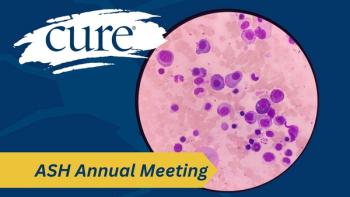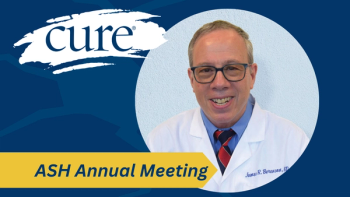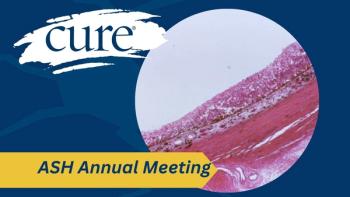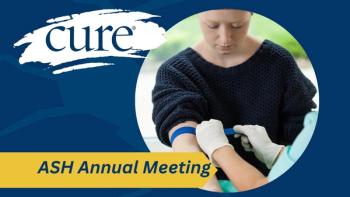
As Rare Disease Day Approaches, I’m Reflecting on My MPN Diagnosis
I was shocked when I was diagnosed with a myeloproliferative neoplasm, and have dedicated myself to learning about the disease since.
I will never forget the day my family doctor referred me to a hematologist when routine blood tests revealed that my red blood cell count and hematocrit (which measures the volume of red blood cells) were elevated. A complete blood count (CBC) indicated that I tested positive for a specific mutation called JAK2, a protein that is part of the mechanism that regulates blood cell production in our bodies.
As my newly assigned hematologist explained that I have a myeloproliferative neoplasm (MPN), a rare form of blood cancer, I thought I might positively pass out!
The World Health Organization classifies MPNS as rare forms of blood cancer because they are fairly uncommon chronic conditions in which the bone marrow is producing blood cells in an uncontrolled way. There are three distinct types of MPNS, including essential thrombocythemia (ET), polycythemia vera (PV) and myelofibrosis (MF).
My tests confirmed that I have PV. MPNs tend to be an older person’s condition, although they can occur in younger adults. I was staring at my big 60! And speaking of staring, my "deer-caught-in-headlights" stance caused the doctor to look directly into my terrified eyes and tell me to breathe and that I would be OK.
My doctor further tried to assuage my fears by bringing up that the 1970s film, "Love Story," which, through the death of Ali MacGraw’s character’s death from an undisclosed blood disorder, unfortunately, gave blood cancers a bad rap. This did not soften the blow, but I appreciated the doctor’s intention to calm me down and inform me that blood cancers have undergone quite a public relations makeover since that fatal time.
While my doctor tried to assure me that it’s possible to live a normal lifespan, he was also blunt: there is no cure or remission, and there is the risk that an MPN diagnosis might progress to other cancers, particularly acute myeloid leukemia. Doctors do not know why MPNs progress in some patients but not in others.
I am very fortunate because my PV was detected early, and a cocktail of low-dose aspirin and a well-tolerated chemotherapy medication, hydroxyurea, can mitigate bleeding and the formation of blood clots. Treatment options for an MPN do depend on the specific one you have and the severity of symptoms a patient is experiencing. Other medications are available that aim to reduce the rate of cell growth. A stem cell transplant could be recommended in severe cases, but this is only for patients with advanced MPNs. Once you have been diagnosed with an MPN, you will hopefully invest in a long-term relationship with either your hematologist or oncologist as you continue to be closely monitored and managed.
One of the million questions running through my freaked-out mind was, "How the heck did I get this mutation?" I received no real answers to this common question because the causes of mutations and an MPN diagnosis remain relatively elusive. Several scientific documents point to some environmental impact or long-term exposure to chemicals. Did my mom’s treasured but corroded aluminum pots from my youth somehow seep toxic agents into my bloodstream? Or how about those summers in the country where my family and I swam in a questionable and murky river? I couldn't stop wondering. Although MPNs run in families, they are not considered an inherited genetic disorder, further perplexing researchers.
As I try to absorb all the data on MPNs, I feel very emboldened to share my story and encourage people to prioritize their well-being and insist on annual check-ups, which can potentially identify and treat health issues before they worsen.
Rare Disease Day is aptly observed every year on Feb. 28 (or Feb. 29 in leap years) and is an opportunity to spotlight those who live with rare diseases. Together, we need to advocate for not only better recognition of these rare conditions and diseases but also better access to equitable healthcare services, more diagnostic tools, clinical trials, and ongoing research focusing on halting disease progression and, one day, possibly even a cure! Wouldn’t that be the perfect happy movie ending?
For more news on cancer updates, research and education, don’t forget to





